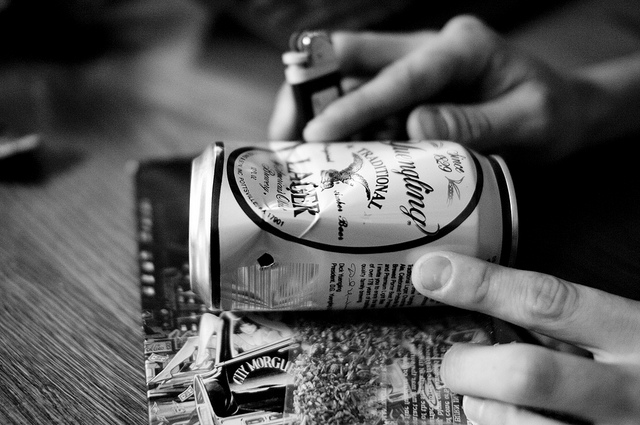Spice, or K2, is a synthetic drug (also called “designer drugs” or “legal highs”) that can be legally purchased and is often sold as incense. Spice is a type of drug called a cannabinoid. It is made by mixing herbal and spice plants, such as parsley, and then spraying them with chemicals that have mind-altering effects (cannabinoids). When Spice is further treated to increase its effects, it is known as Splice or K3. However, the exact ingredients in Spice vary, as different makers use different herbs and chemicals in their mixture.
Spice can be legally purchased and is often disguised as incense. It is available in various locations, including head shops (stores that sell drug products), gas stations, and on the internet. Spice is also known as “synthetic marijuana,” “fake weed,” “Bliss,” “Black Mamba,” “Bombay Blue,” “Genie,” “Zohai, “”Yucatan Fire,” “Skunk,” and “Moon Rocks.” While it is usually marked with “not safe for human consumption,” some people smoke it, mix it with marijuana, or make tea with it to get high. It is against the law to sell, buy, or possess Spice, but people who make these products work to avoid these laws by using different chemicals in their mixtures.
Immediate Effects: Although this drug is often called “synthetic marijuana,” its effects are different and can be stronger than marijuana. While spice is intended to cause relaxation and mild changes in perception, it also causes extreme anxiety, feeling that someone is out to get you (paranoia), and seeing or hearing things that aren’t there (hallucinations). Spice can also cause a fast heart rate, vomiting, agitation, and confusion. In extreme cases, Spice has led to heart attacks and death.
Long-term Effects: As Spice is a relatively new drug, its overall long-term effects are unknown. However, people who have used Spice long-term have experienced addiction and withdrawal symptoms.
Acknowledgement: This article was originally created by our friends at teendrugabuse.gov.


